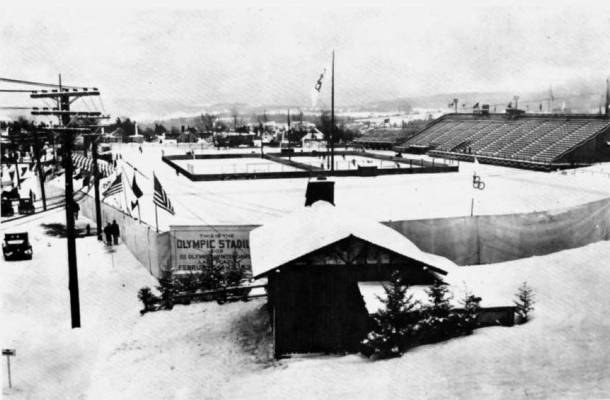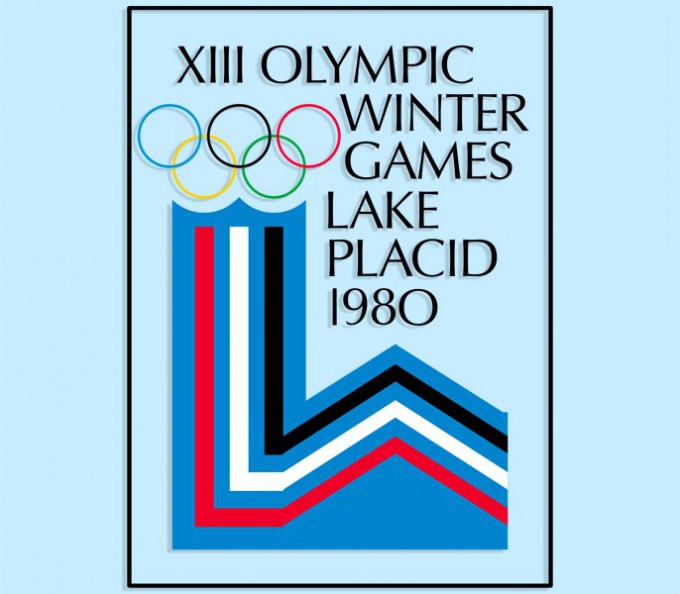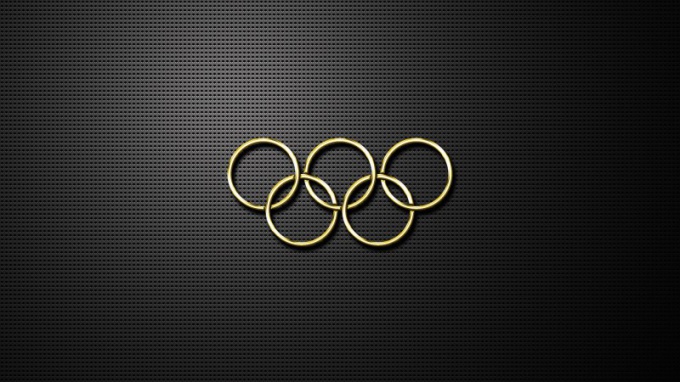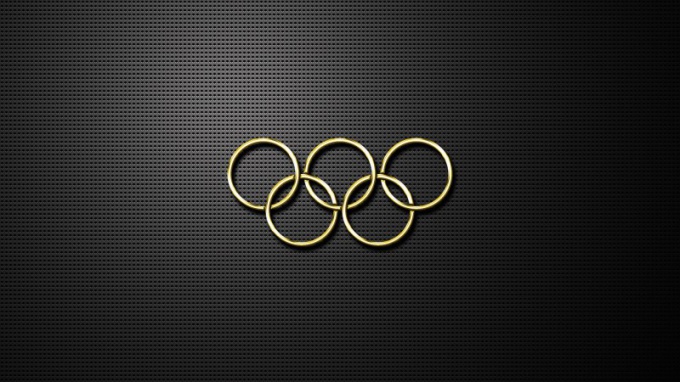Shortly before the start of the 1936 Winter OlympicsThe sports community demanded to transfer them from the country with the fascist regime to a more peaceful place, but the IOC was adamant. As a result, part of the athletes, including Olympic champions Lake Placid French Pierre Brunet and Andre Jolie-Brunet, as well as American John Shi, refused to participate. Preparations for the Olympics were personally monitored by Reich Chancellor Adolf Hitler. It is worth noting that in the cities where IV ZROs were held, signs could be seen near the toilets with the inscription "Dogs and Jews are not allowed to enter". Henri de Bayeux-Latour demanded to remove the plates, motivating the decision by the fact that it contradicts the Olympic traditions. Hitler asked: "Mr. President, when you are invited to visit, you do not teach the hosts how to look behind the house, do you?". However, Latour said: "Excuse me, Chancellor, but when the flag with five rings is hung in the stadium - it's no longer Germany. This is Olympia, and we are its masters. " Tablets soon removed. In Germany, athletes from 28 countries gathered. For the first time, Australians, Greeks, Spaniards, Bulgarians, Turks and athletes from Liechtenstein performed on the Olympic Games. In addition to the usual ski jumping, individual ski races and biathlon, figure skating, speed skating, hockey and bobsled, the Games program included an elusive relay race and competitions in skiing combination "speed descent + slalom", where not only men but also women took part. MOU decided not to allow instructors to ski races, because they were professionals. In this regard, the representatives of Switzerland and Austria decided to boycott the OI. However, part of the Austrians still took part in them, but as part of the German national team. Also, two demonstration sports were declared: the prototype of the modern biathlon - military patrols competitions, as well as the ice. In Garmisch-Partenkirchen had a powerful influence on the development of the Winter Olympic Games, as well as the Olympic movement as a whole. So, at the opening ceremony of the OI-1936 for the first time solemnly lit the Olympic flame, and at the closing ceremony - extinguished. This tradition is still observed today. The idea of the torch relay was also born in Germany. Traditionally, the opening ceremony of the Games began with a parade of participating countries. The background was played by music, including hymns from countries whose athletes took part in the Games. Then officially announced the opening of the Olympics Adolf Hitler, followed by a salute, the Olympic flame was lit and the Olympic flag was raised. Olympic oath was pronounced by the German skier Wilhelm Bogner. On February 16, at 17.00, at the closing ceremony of the Games, Henri de Baie-Latour proceeded to award medals and diplomas to the prize winners. The orchestra played hymns of countries whose representatives were awarded by the president of the IOC, a flag was raised on the flagpole at the awarding of each champion at the flagpole. The hymn of Norway sounded 7 times - this was the best achievement at the Olympics in Garmisch-Partenkirchen. The hymn of Germany was played 3 times, Sweden - 2. Also it is worth noting the performance of athletes from Finland and Austria.











